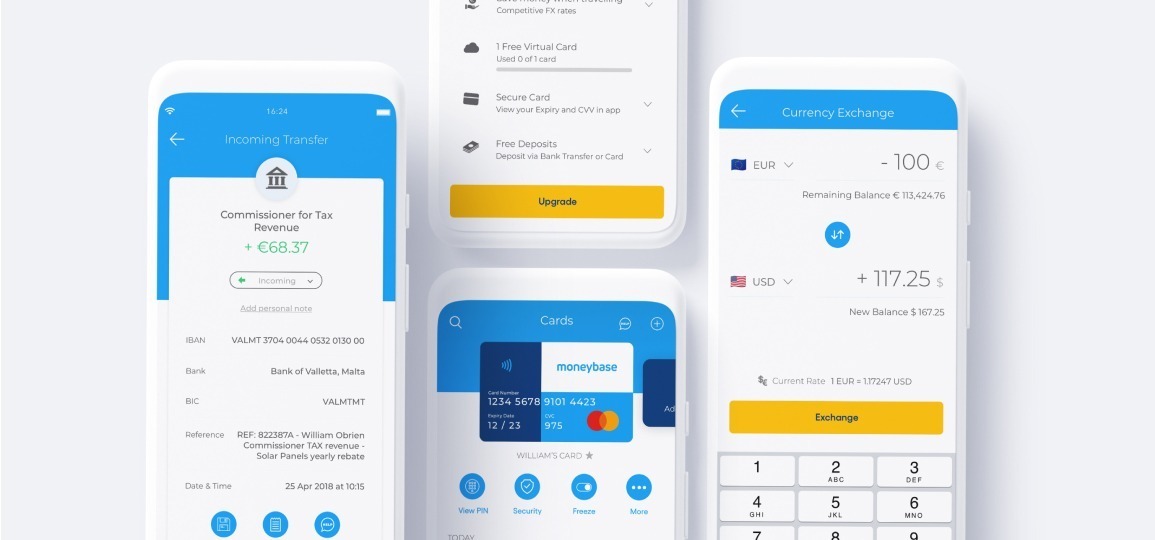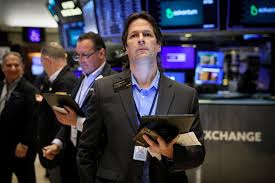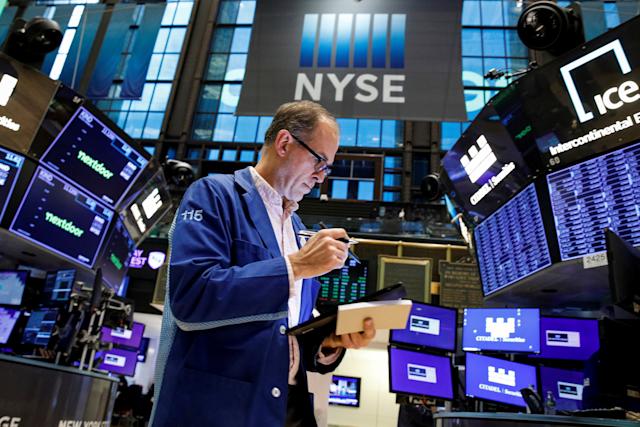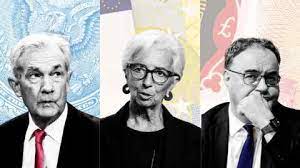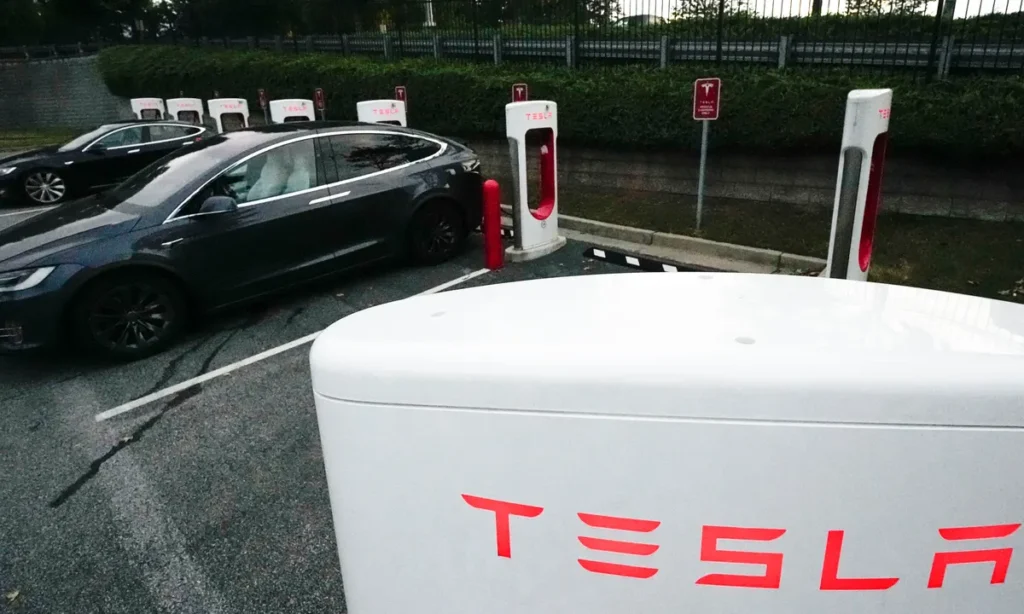In recent years you have undoubtedly come across areas within your daily living that are linked to helping the environment; perhaps you recycle your household rubbish or even you may use bags that can be re-cycled when you visit the supermarket.
If you are a supporter of environmental issues then you may have had solar panels installed on your roof, not only save you money, but also help save the environment. You may have also noticed the emergence of wind farms along the coast and considered a wind turbine as an alternative source of energy.
Therefore, if you have considered contributing to the impact on the environment in a positive manner, when it comes to making your investment decisions, why not do the same?
What are Green Investments?
Green investments consist of the usual investment vehicles such as shares, bonds and funds, whose underlying business however is geared towards environmental improvements. This may be in businesses that are renowned for good environmental practises, to those connected closely with alternative energy development.
For example, this could be a huge corporation like General Electric who is involved in developing electric generators powered by the wind, to a small start-up business in the solar panel or biofuel industry.
Types of Green Investment Products
There are several investment vehicles when it comes to investing in the green economy such as:
Bonds – It is possible to invest in low risk bonds in companies that focus on green issues.
Funds – You can invest in a mutual fund and allow a fund manager to make investment decisions on your behalf based on the prospectus of the fund. This type of investment vehicle allows you to take a low, medium or high risk, or a combination as the fund(s) will usually have a diverse spread of assets that it is investing in such as cash, bonds, shares and property.
Shares – You can invest directly in one or more companies’ shares that are connected with the green economy almost anywhere in the world and you can make the decisions which shares to buy or sell. In doing so you would need to accept that you are more likely to be taking a medium to high level of risk. This is because the shares are likely to be invested in smaller companies that have not been trading for many years and operate in high-risk sectors like biofuels and wind farms.
Which are the market sectors green investors may invest in?
Energy
Interest in clean energy is driven by sustainability issues, oil depletion and energy security concerns. Political decisions, like the Kyoto Protocol and concerns about global climate change are also increasing interest in this sector. Within the energy sector, there are many different subsets of clean energy including solar, wind and biofuels. Finally, the rising interest in clean technology energy arises from the increased recognition that costs can be significantly reduced if energy efficiency is addressed.
Solar Power
One option for clean technology is solar power. Although it is not yet as widely used as hydro power, this may change. Hydro is limited by the finite nature of suitable dam sites and political restrictions on available supplies of water whereas solar power obtains usable energy from sunlight. Solar energy is used in a number of applications such as heat and electricity, and is very attractive because it is plentiful and virtually pollution free. Despite these advantages, however, solar power is still expensive when compared to grid electricity. Even with the boom in solar power investment, the industry remains dependent on government incentives. With economies of scale from widespread use this energy may become more competitive.
Wind
Wind power is the conversion of wind energy into more useful forms, usually electricity. Global wind power generation more than quadrupled between 2000 and 2006 but is still a small part of total energy use. Wind energy is a renewable and clean source of energy but this energy source can be intermittent because the wind is notoriously inconsistent therefore wind energy is unlikely to grow to be more than a supplemental source of energy and although wind power is expected to grow quickly, solar power remains the more attractive investment because of its high growth rate, better profit margins and wide range of investment options.
Biofuels
Biofuels are derived from biomass, recently living organisms or their metabolic by-products, such as manure, corn, soybeans, sugar cane or palm oil. This is a renewable source of energy and is a form of stored solar energy. Plant matter used as a fuel can be constantly replaced by replanting and a reasonably stable level of atmospheric carbon can result from plant matter used as a fuel. However, biomass use can still contribute to global warming – this happens when the natural carbon equilibrium is disturbed, such as in deforestation.
The drawback to relying on biofuels is that it puts pressure on grain costs and water supplies, which can dramatically increase the cost of raising livestock. This means that alternate feed stocks, such as switchgrass and algae, must be found.
Geothermal
Geothermal is another energy source that is viewed as sustainable because it is provided by the vast heat of the earth, only a very small fraction of which may be enough to meet the world’s energy needs. This source of energy will require technical innovation before it can be widely used.
Water
The cleantech water industry is focused in several areas; especially waste water treatment and general filtration. The world’s water consumption continues to grow as it is used in modern agriculture and industry. Because water is an essential resource and the planet’s natural supply of water is virtually static, it is likely that there will be room for growth in this industry for many years to come.
Energy Efficiency/Manufacturing
The best way to make energy is to not use it in the first place. Many green products require fewer natural resources, either in manufacturing or during their life span. This means these products will cost less either up front or over the total time period of their use. Examples include fluorescent light bulbs and improved packaging that reduces waste. These products don’t have to be high tech, but the more economic sense they make for consumers, the more likely they are to be adopted.
Transportation
One of the biggest success stories in transportation is hybrid vehicles, which combine a conventional engine and a battery-powered electric motor to achieve improved fuel economy and performance. These vehicles are gaining increased acceptance as gasoline prices remain high. Annual U.S. sales of hybrids are expected to grow to more than 1.5 million vehicles by 2015.
Agriculture
Green Investing in the agriculture sector ranges from more efficient farming, to micro and drip irrigation that reduce water usage, to natural pesticides. Investments are likely to be driven by cost-effectiveness, regulatory mandates, consumer demand and public interest. For example, in 2010 organically produced food had grown at close to 10% in the U.S. over 2009, while sales of conventional foods had grown 1%. At the same time, organic food production has become increasingly regulated, so that organic certification is necessary to market foods as organic.
Here are some examples of companies that come under the green market sector:
Solar Energy:
GT Solar International, Inc.(SOLR) This New Hampshire based company manufactures specialty components for the solar industry.
First Solar, Inc.(FSLR) is engaged in the manufacture and sale of solar modules. It also designs, constructs and sells photovoltaic solar power systems.
Renewable Energy:
WaterFurnace Renewable Energy Inc. (TSE:WFI) WaterFurnace Renewable is a Canadian company that specializes in HVAC systems (Heating, Ventilation & Air Conditioning) that are very different from the conventional ones we’re used to seeing. The company’s systems take advantage of steady temperatures below ground to provide heating and cooling for residences and businesses. These systems pay for themselves in a reasonable amount of time.
American Superconductor (AMSC) makes electrical systems for wind farms and turbines. They also offer Smart Grid technologies for grid operators to optimize grid capacity and integrate renewable energy sources into the grid.
Organic Products:
Green Mountain Coffee Roaster (GMCR) specializes in organic coffee. Since 2001, Green Mountain has been selling fair trade coffee which is coffee purchased directly from the growers at a higher price but through healthier working conditions. Green Mountain Coffee Roasters also sells an all-natural paper hot beverage cup. Produced in partnership with NatureWorks and International Paper, the cup is lined with a bio-plastic made from sugar – a 100% natural and renewable resource
Conclusion
Green Investing is focused in a handful of industries today, but is likely to grow as consumers, governments and businesses demand products and services that are more efficient, environmentally cleaner and cheaper. One has a number of options when it comes to investing in the green economy, however it must be said that the same investment principals apply as if you were investing in the more usual sectors. For instance, you should decide whether you require capital growth or income or a combination, the level(s) of risk you are prepared to take and have a diverse portfolio.
For more information contact one of our investment advisors.
